Premium Only Content
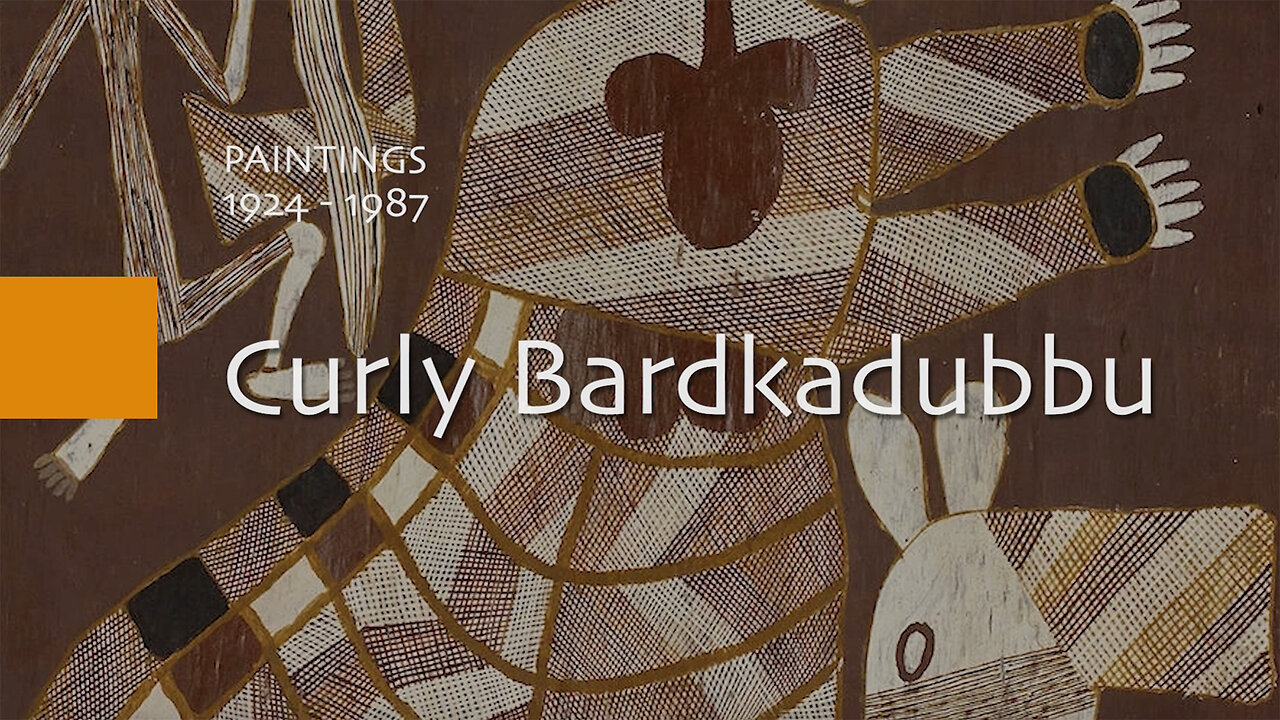
Curly Bardkadubbu - Paintings (1924 - 1987)
Curly Bardkadubbu rose to prominence as a painter in the late 1970s. He was tutored by Yirawala in the early 1970s when they shared outstations at Table Hill and Marrkolidjban, which both men had helped to establish. Later, he moved to Namokardabu, also in the Liverpool River region.
Bardkadubbu’s work was selected for a number of major exhibitions in Australia and abroad, including: The Art of Aboriginal Australia, which toured North America from 1974 to 1976; and Aboriginal Art: The Continuing Tradition at the National Gallery of Australia in 1989. Bardkadubbu entered the first National Aboriginal Art Award, established by the Museum and Art Gallery of the Northern Territory in 1984.
Bardkadubbu Crocodiles
The treatment of the infill of his crocodile is the same used on Mardayin ceremonial objects. Mardayin objects decorated with the same bright patterns of crosshatching and dotted lines. Mardayin objects are secret sacred. The use of the same design within the crocodile, therefore, shows the interconnection of the crocodile and the Mardayin ceremony.
Curlys traditional lands of the Born clan lie next to the Liverpool River mouth. His traditional country importantly being well known for its abundance of dangerous crocodiles.
A crocodiles often has a massive twisting body form and sharp-toothed jaws. His paintings similarly conveying a crocodiles dangerous power.
Bardkadubbu painted the image of this crocodile many times in his painting career. The estuarine crocodile or Namanjwarre is the protector of the sacred objects of the Mardayin ceremony. Firstly, the Mardayin ceremony is an important rite of passage for Kuninjku language speakers of western Arnhem Land. Secondly, the crocodile (Namanjwarre) would devour anyone who transgressed from the correct ceremonial protocol.
The art style of Culy Bardkadubbu
Curly Bardkadubbu started painting far later than early artists like Mick Kubarrku or Dick Murramurra. Consequently for this reason most of his barks tend to be large. His barks are often up to a meter in length. He painted animals like the Barramundi, Crocodiles, and Kangaroo.
He did occasionally paint spirits skeletons and the rainbow serpent. Having Yirawala as a mentor it is not surprising that there are some superficial similarities of their works. Curly animals however tend to be fatter and less dynamic than Yirawala. His artworks are sometimes mistaken for those of David Milaybuma. Both artists had similar great infill line work using intense rarrk.
The innovative treatment of the infill of the figure in his painting is the same used in Mardayin ceremonial objects. Mardayin objects are covered with the same bright patterns of crosshatching and dotted lines. The use of the same design within the crocodile shows the inter-relationship of the crocodile and the Mardayin ceremony.
-
 LIVE
LIVE
Barry Cunningham
7 hours agoWATCH LIVE: PRESIDENT TRUMP SALUTES AMERICA'S MILITARY WITH HUGE PARADE!
4,403 watching -
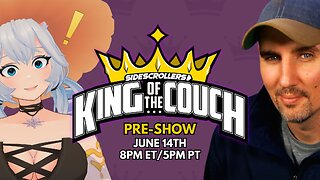 LIVE
LIVE
Side Scrollers Podcast
6 hours agoSide Scrollers KING OF THE COUCH Pre-Show
537 watching -
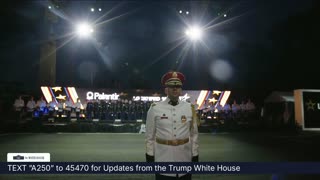 DVR
DVR
The White House
11 hours agoPresident Trump Participates in the 250th Anniversary of the U.S. Army Grand Military Parade
42.2K83 -
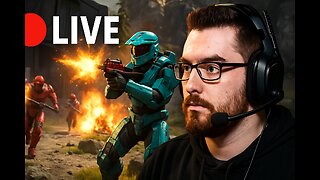 LIVE
LIVE
Spartan
3 hours agoPro Halo Player | Halo Infinite Ranked Arena into SWTOR and/or Gears Beta
190 watching -
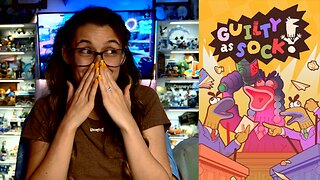 LIVE
LIVE
Mally_Mouse
2 hours agoSpicy Saturday!! - Let's Play: Guilty as Sock!
37 watching -
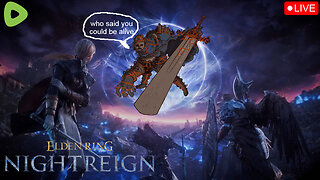 LIVE
LIVE
PoggersBox
1 hour agoi stg we beating the halfway point tn
51 watching -
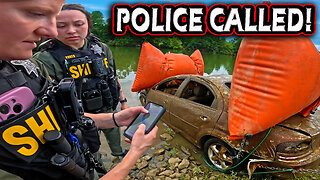 16:08
16:08
Exploring With Nug
8 hours ago $1.32 earnedStolen Car Found Underwater! Dodge Stratus Recovered with Wrecker!
32.6K5 -
 LIVE
LIVE
TheUCzone
3 hours ago🔴LIVE - TRIPLE CHALLENGE - WARZONE | PUBG | SPLITGATE 2
56 watching -
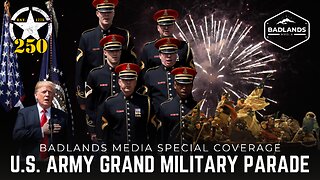 DVR
DVR
Badlands Media
11 hours agoBadlands Media Special Coverage - Army Grand Military Parade
150K12 -
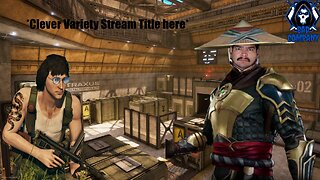 LIVE
LIVE
StuffCentral
4 hours agoBariety Stream, plus DTDUB's MK11 Tourney!
71 watching